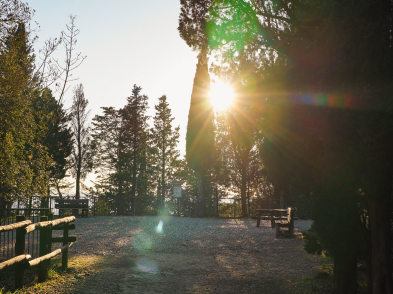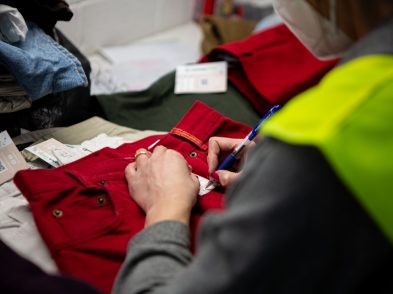As soon as he was nominated as director of the Uffizi Galleries, Eike Schmidt said he hoped to address some of the museum’s biggest problems. Speaking on TV, he said that by the end of his mandate he hoped to eliminate the historically long lineups, unquestionably the source of much frustration for visitors to the city who often found themselves spending three good hours under the portico for their chance to see paintings by Botticelli, Leonardo and Michelangelo amongst others.
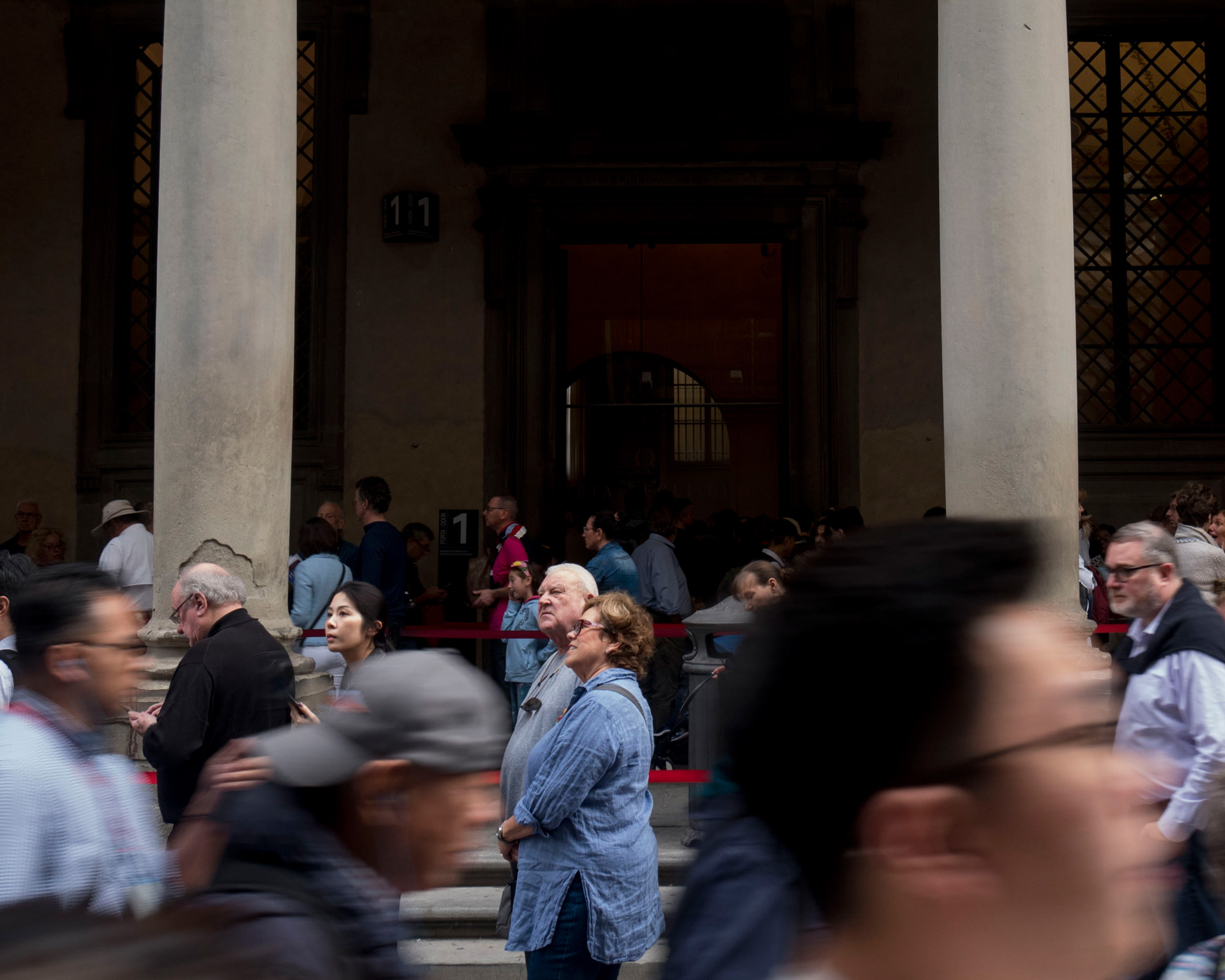
Waiting in line at the Uffizi | ph. Bilal Othman
Henry Muccini was watching that TV interview. A professor of software engineering at the Department of Information Engineering, Computer Science and Mathematics at the University of L’Aquila, Italy, he and his team had been applying studies in queue management at the local level. He sent an email to Schmidt saying he was up to the challenge. Muccini and colleagues with expertise in mathematical models, mobile computing, statistics and human sciences applied an interdisciplinary approach over two years, studying the Uffizi’s visitor flow on the busiest day of the month: the first Sundays, during which state museums are free to enter.
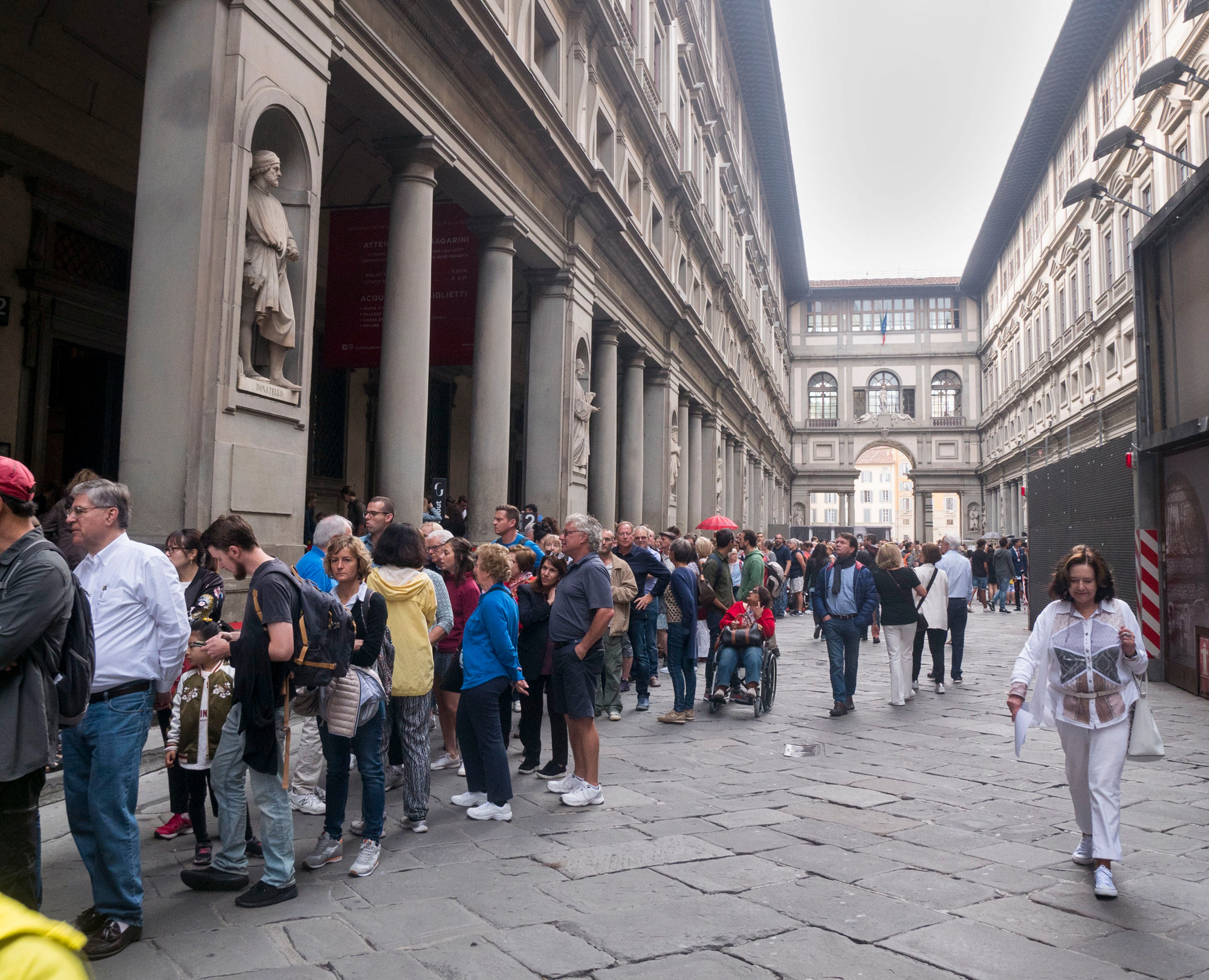
Your average day at the Uffizi | ph. Bilal Othman
Despite being relatively large and chock-a-block with important art, due to safety limitations the Uffizi can only accommodate some 900 visitors at any time. Since not all visitors take the same amount of time inside, historically even reserved entry ticket holders have had to wait in line until people come out, and they take priority over those without reservations. With the new system, visitors purchase or pick up tickets at the first office and are issued an entry time calculated to the minute based on numerous factors that have been figured into an algorithm, including weather and time of year. They are free to leave the area, and return to the entry door at the appointed time, where their ticket is read by a kiosk and they are granted entry with zero queue. A full trial of a new ticketing system was carried out on the first Sunday of October with brilliant results, and tests will continue running on first Sundays with progressive refinements of the system until full implementation, expected mid 2019.
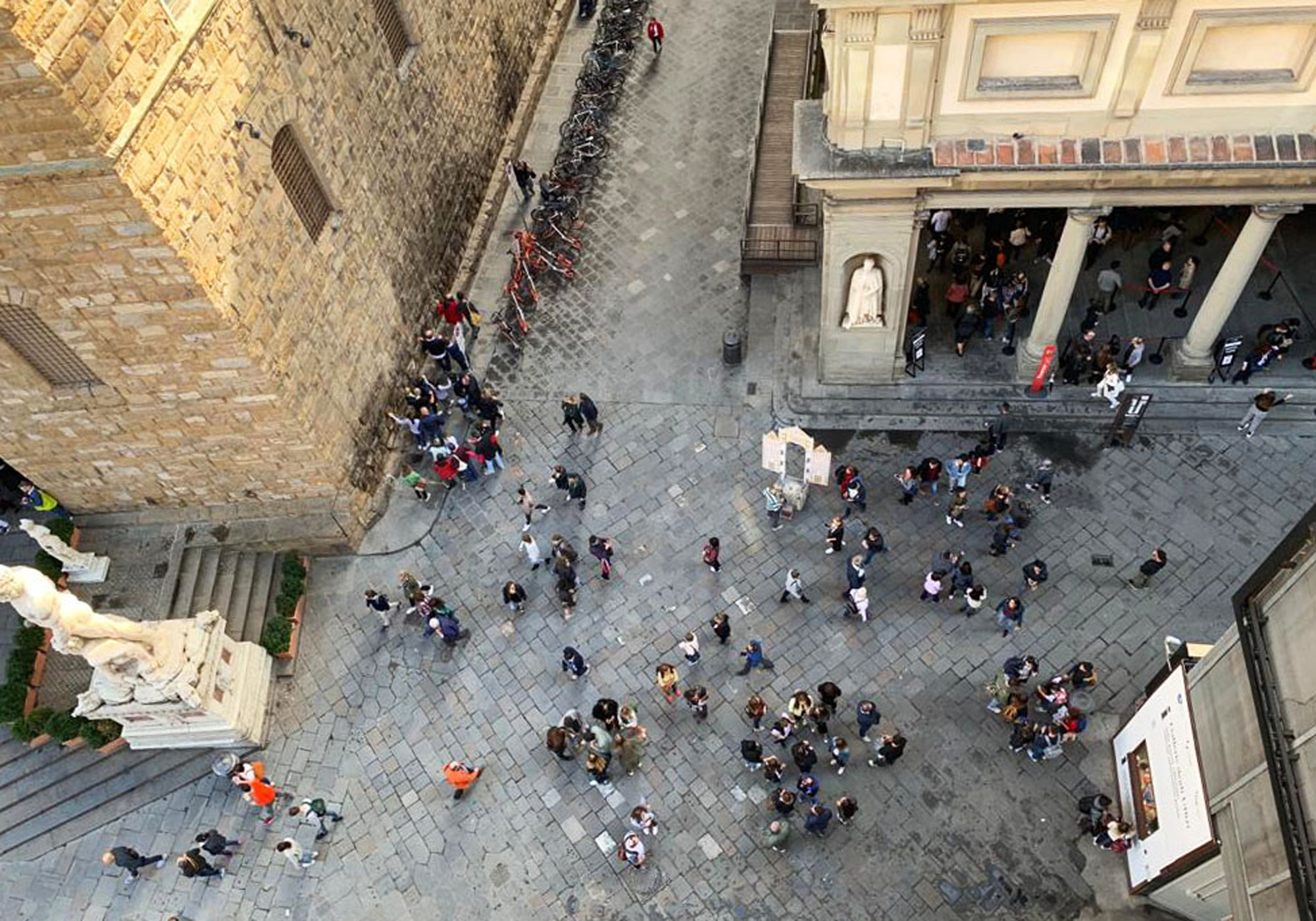
The day of the full experiment (press photo)
Lineups are always a waste of time, but in a city in which the average stay is 2.5 days, spending 3 hours waiting to get into the Uffizi is not just frustrating, it’s a lost resource, both for the city and for the museum-goer. On the first Sunday of October, Muccini calculated that his experimental ticketing system saved 500,000 minutes of waiting in line. That’s 500,000 minutes in which people could go do something else. Visiting other museums would be the first that comes to mind; on the experimental Sunday, the Pitti Palace saw an increment of 62% compared to the previous month (22% compared to October 2017). Other churches and museums close to the Uffizi, such as the Bargello and Palazzo Vecchio, will surely benefit from the implementation of this ticketing system. Not to mention bars, restaurants and shops, which are likely to see increased business. That’s one algorithm we can all get behind.
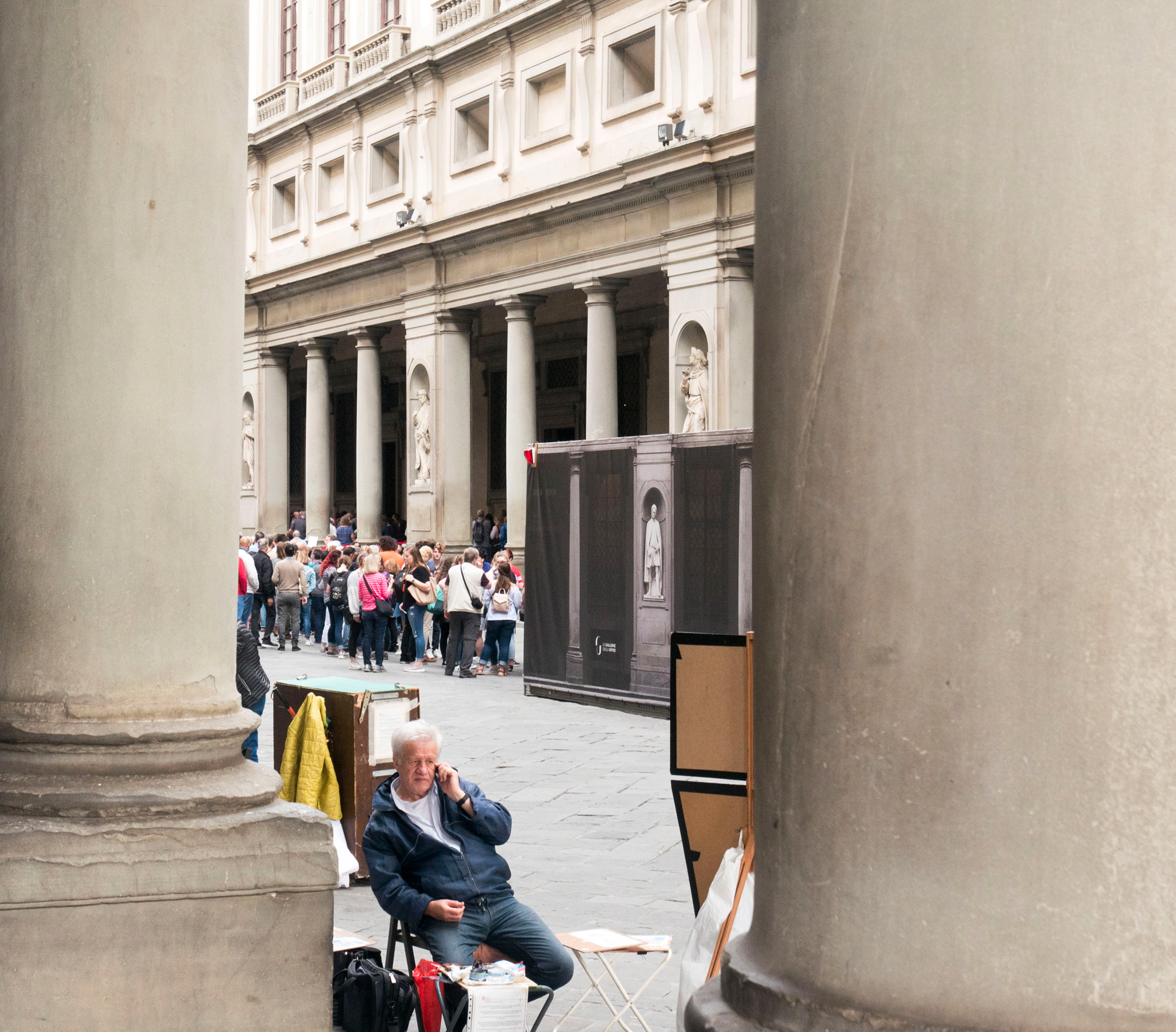
Piazzale Uffizi | ph. Bilal Othman


